April 28, 2025: Laura O'Toole, CEO of SureTest, joins Sarah for the news. What strategies can healthcare leaders implement to demonstrate measurable ROI while addressing staff burnout and retention issues? The conversation delves into the delicate balance between innovation and change management, revealing how automation can empower healthcare professionals to focus on true, meaningful work. Laura shares valuable insights on building trust during digital transformation, emphasizing that leadership and connection remain at the heart of successful implementation strategies that create sustainable efficiency gains.
Key Points:
Donate: Alex’s Lemonade Stand: Foundation for Childhood Cancer

Questions about the Podcast?
Contact us with any questions, requests, or comments about the show. We love hearing your feedback.

© Copyright 2024 Health Lyrics All rights reserved